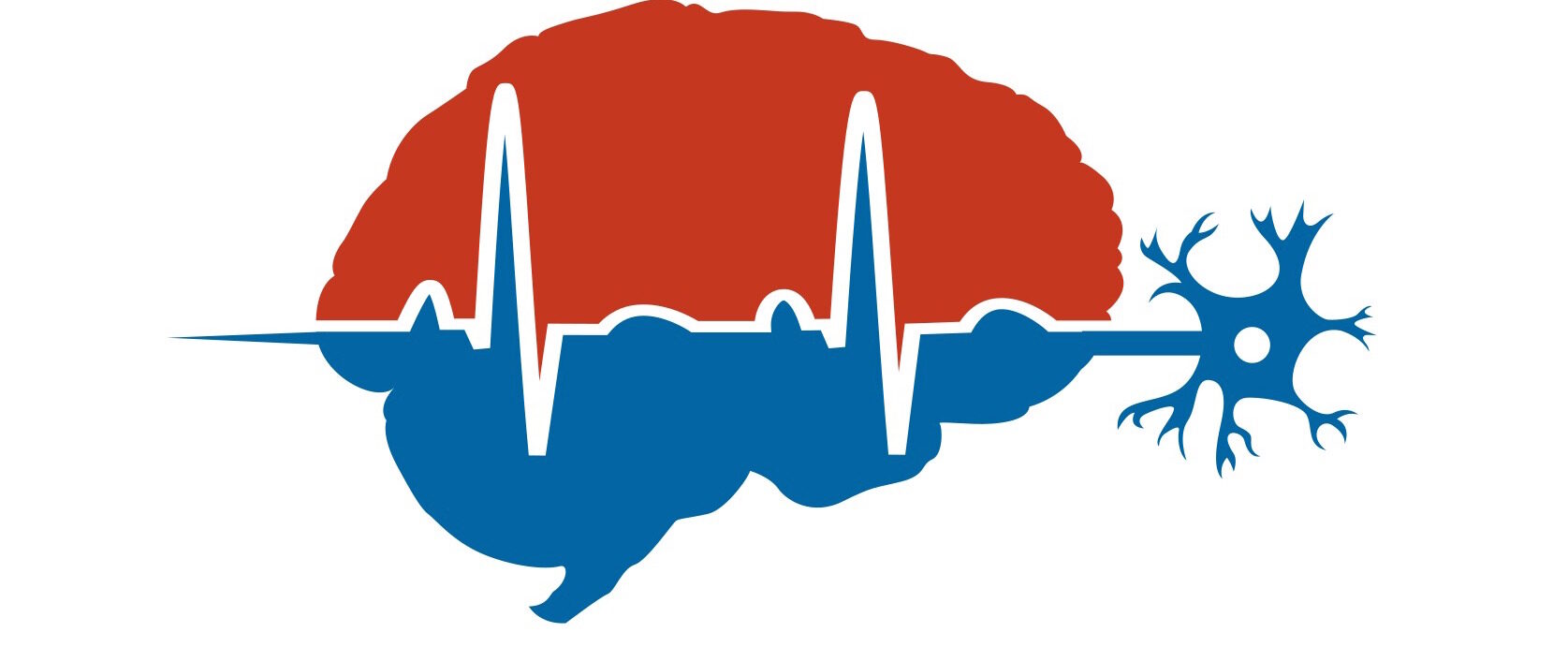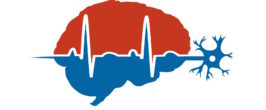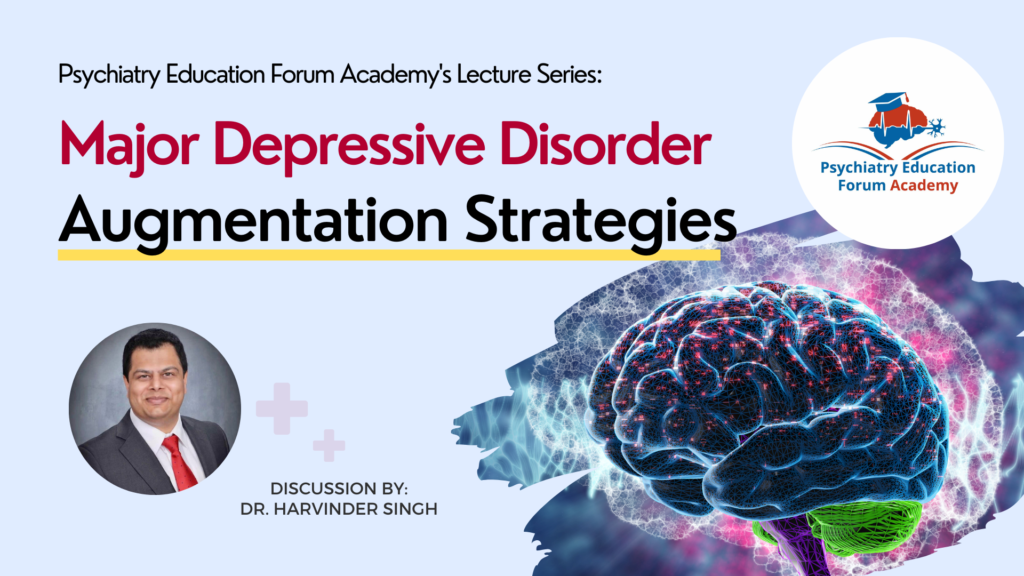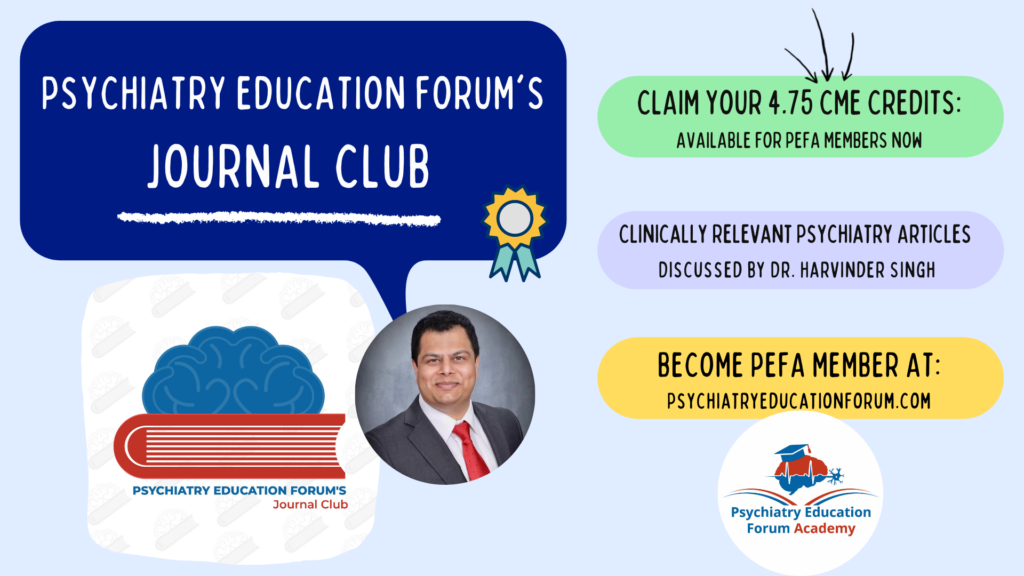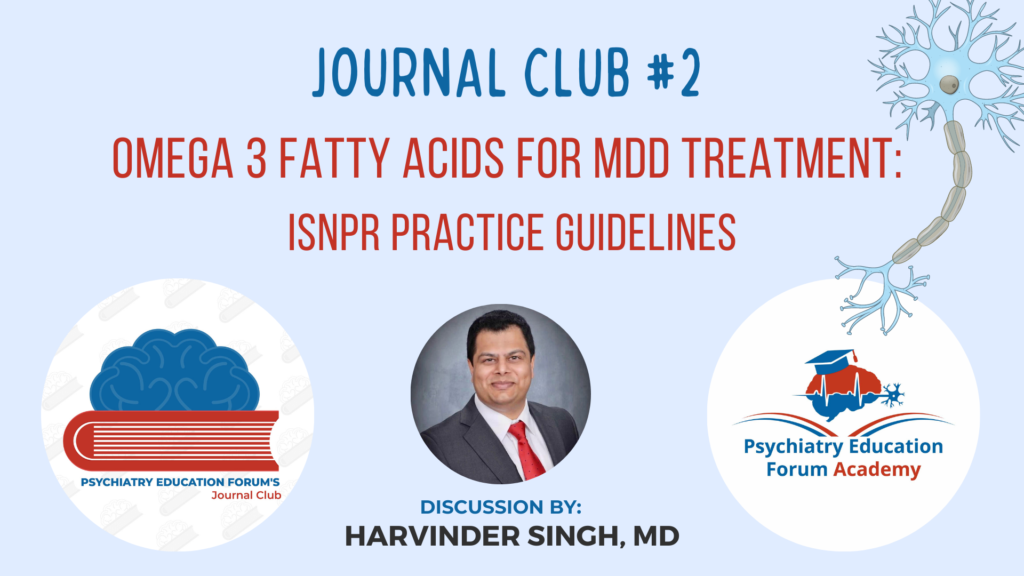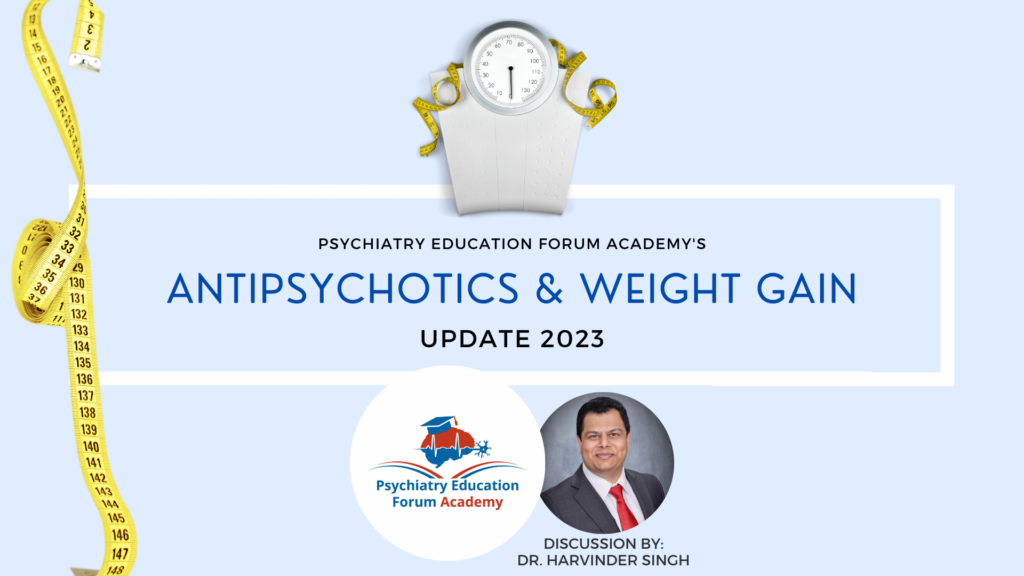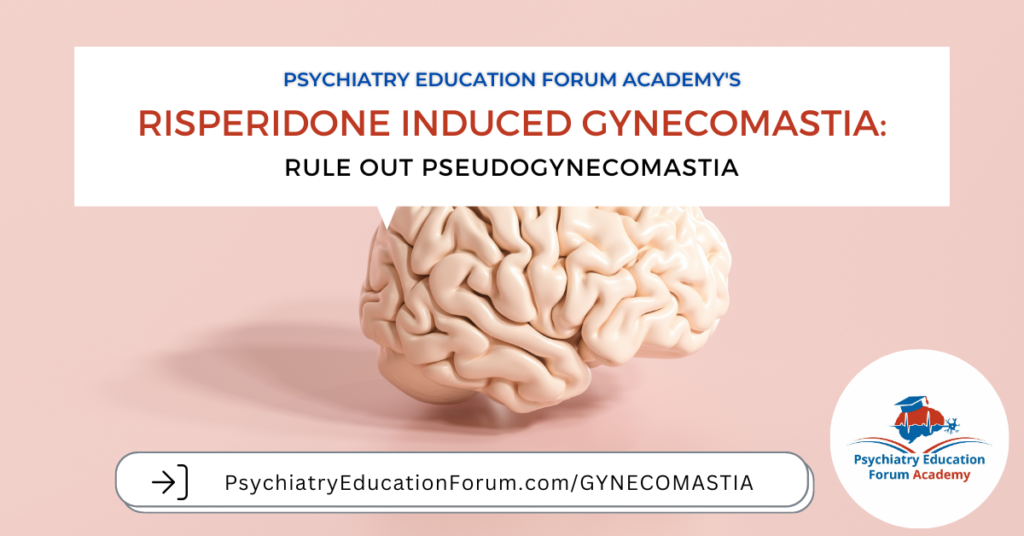Before You Diagnose Hyperprolactinemia — Confirm It Correctly!

Accurate measurement of prolactin is the foundation of evaluating hyperprolactinemia. Before proceeding to imaging or changing antipsychotic therapy, clinicians must ensure the elevation is real — not an artifact of testing conditions or physiological fluctuations.
Watch the following video, which is part of our Academy course:
🎓 Mastering Antipsychotics and Hyperprolactinemia: from Basics & Beyond
✅ Optimal Timing for Blood Collection
Prolactin secretion follows a diurnal rhythm, peaking during sleep and gradually falling after waking.
To minimize variability:
Draw blood in the morning, fasting, and at least two hours after waking.
Avoid testing immediately after stress, meals, or physical exertion.
These simple steps reduce the risk of overestimating prolactin levels.
⚗️ Avoiding Artifacts in Testing
Transient elevations (<47 ng/mL) can result from:
Stressful blood draws or repeated venipuncture
Recent exercise
Certain medications or medical procedures
If the prolactin level is borderline or unexpected, repeat the test before ordering imaging or endocrine referrals.
Accurate measurement prevents unnecessary investigations and helps clinicians focus on true hyperprolactinemia.
✨ Enroll today to gain full access to all five evidence-based chapters designed specifically for busy mental health professionals.
Mastering Antipsychotics and Hyperprolactinemia:
Understand Basics & Beyond:
Table of Content:
- Neuroendocrine Pathophysiology: Explains normal prolactin physiology, dopamine regulation, and how antipsychotics disrupt this balance to cause hyperprolactinemia.
- Evaluation & Differential Diagnosis: Teaches accurate prolactin evaluation, differentiation of causes, proper testing, imaging criteria, and key risk factors.
- Antipsychotics & Prolactin Ranking: Compares prolactin effects across antipsychotics, classifies them by risk, and connects findings to clinical outcomes and breast cancer risk.
- Management Strategies: Outlines evidence-based interventions, treatment thresholds, augmentation options, and a practical algorithm for managing hyperprolactinemia.
- Special Populations: Highlights how hyperprolactinemia affects distinct groups and provides tailored guidance for children, women, men, older adults, and high-risk patients.
Mastering Antipsychotics and Hyperprolactinemia: from Basics & Beyond

Want the latest research insights delivered straight to your inbox?
We continue to review and summarize clinically relevant research to support your daily practice.
INTERESTED IN ACCESS TO THIS & OTHER CLINICALLY RELEVANT LECTURE SERIES?
JOIN ACADEMY MEMBERSHIP:
This is a closed membership for medical professionals only.
- 400+ Clinically Relevant Chapters: Each chapter within these sections is of direct clinical relevance for your daily practice. (Table of Content)
- Journal Club: we will post the most recently published psychiatry articles relevant to your daily clinical practice. (Read Content)
- Clinical Case Discussion: Dr. Singh (Psychiatry) and Dr. Kaur (Family Medicine) discuss clinical cases to integrate the clinical cases from Psychiatry and Medicine. (Read Content)
- Monthly Insights: Gain access to our monthly sessions featuring the latest on recent publications, new medication approvals, FDA updates, and more. (Monthly Insights)
- Discussion Forum & Community: Connect with other medical professionals and discuss your difficult-to-treat clinical cases. (Academy Network)
- Goal: is to have all important clinically relevant topics in one place for ease of access.
DISCOUNTS AVAILABLE FOR: Residents & Students ONLY.
Email us your student information (program information and way to confirm your student status) to: [email protected]
© 2025 All Rights Reserved.
